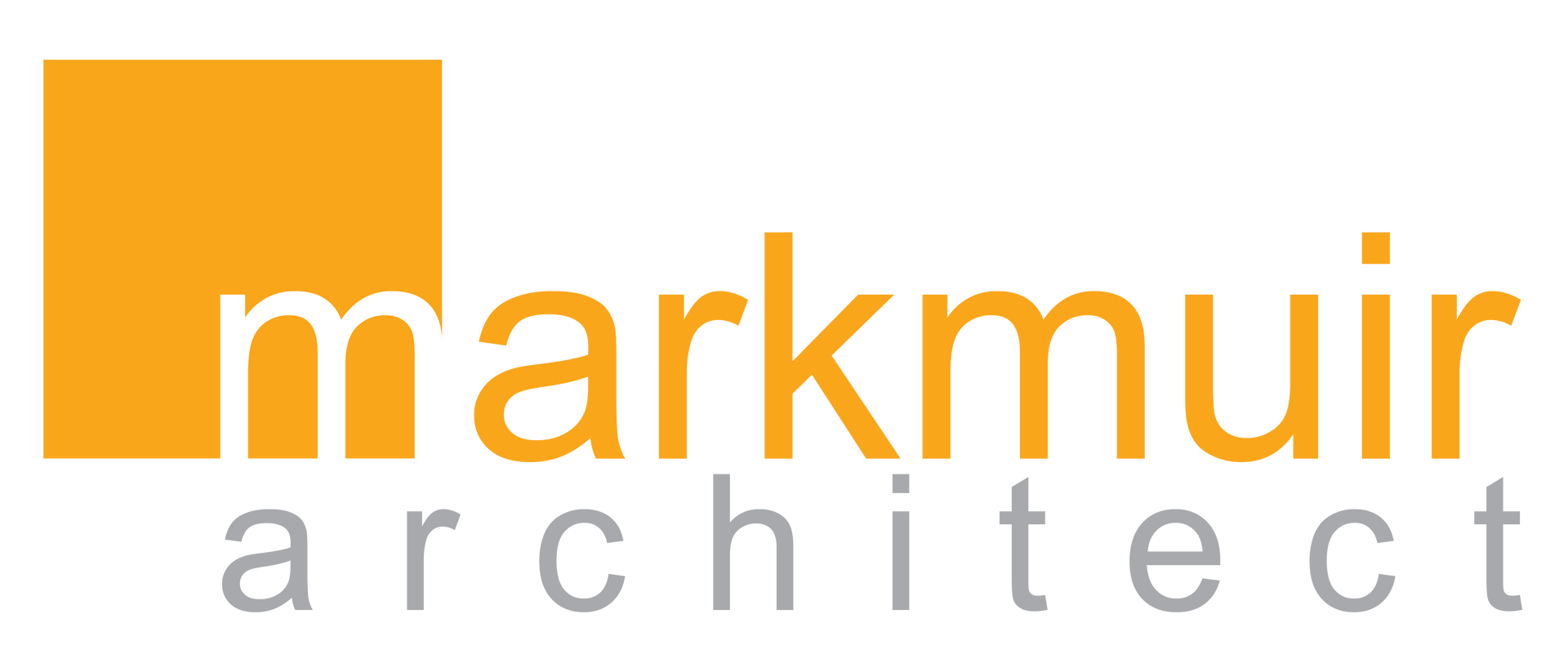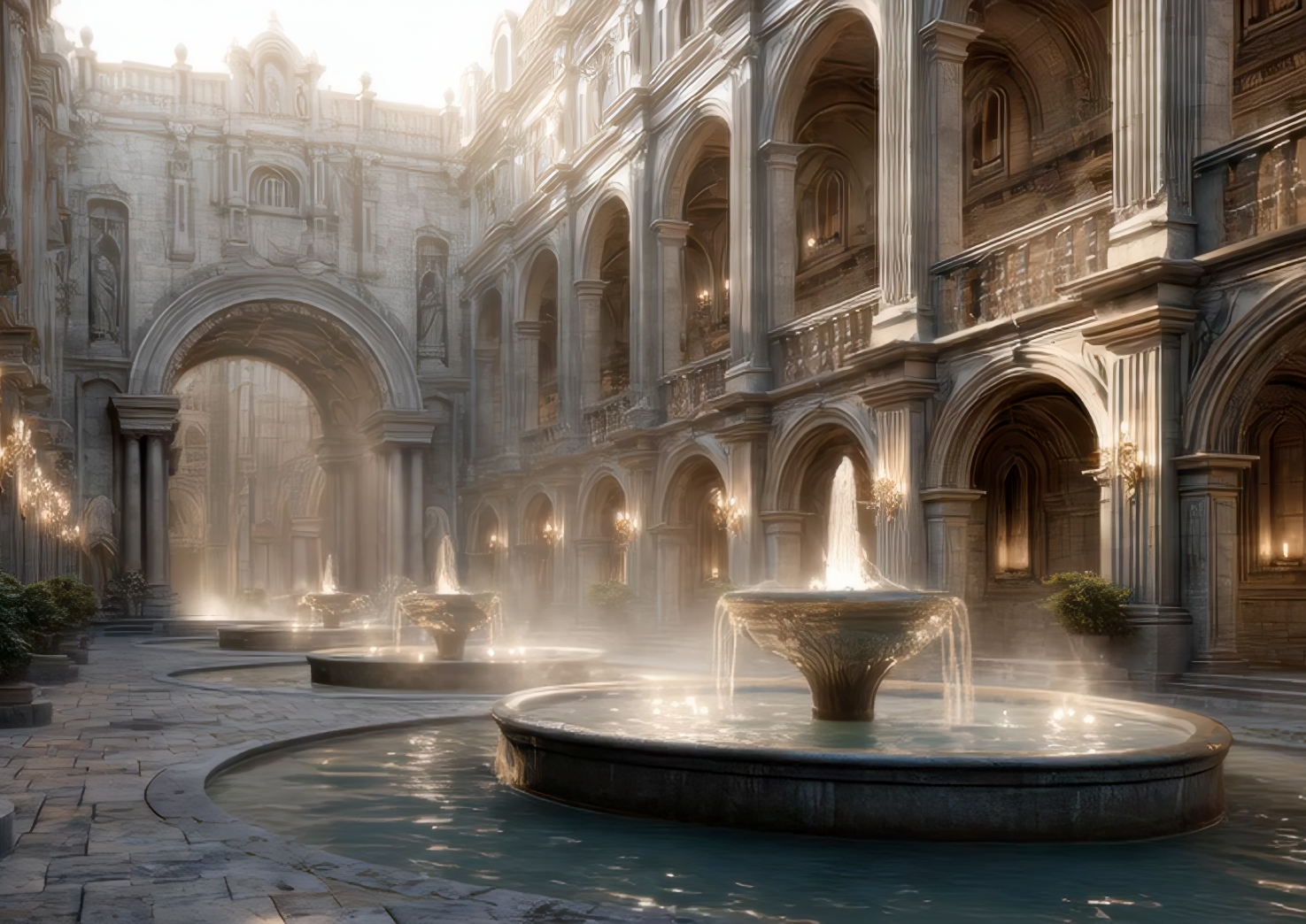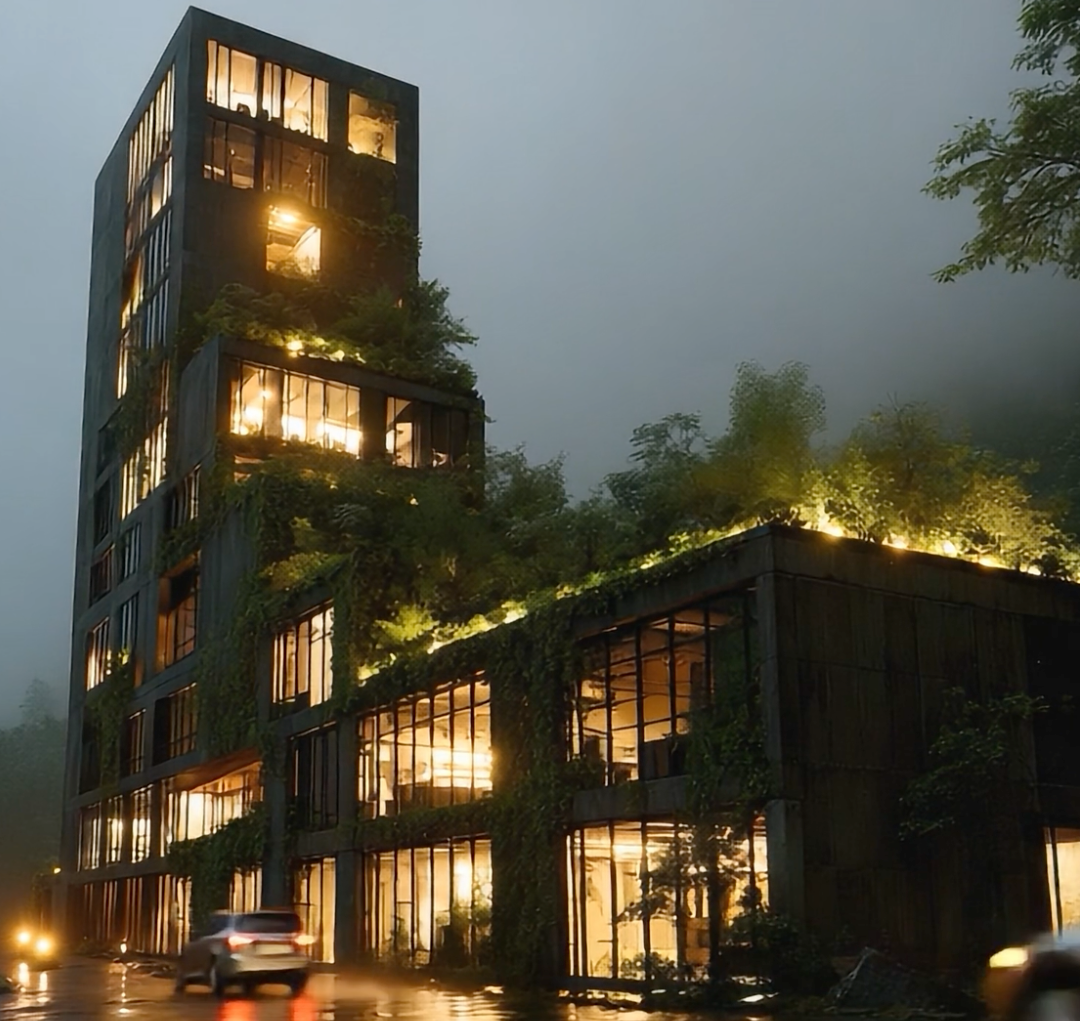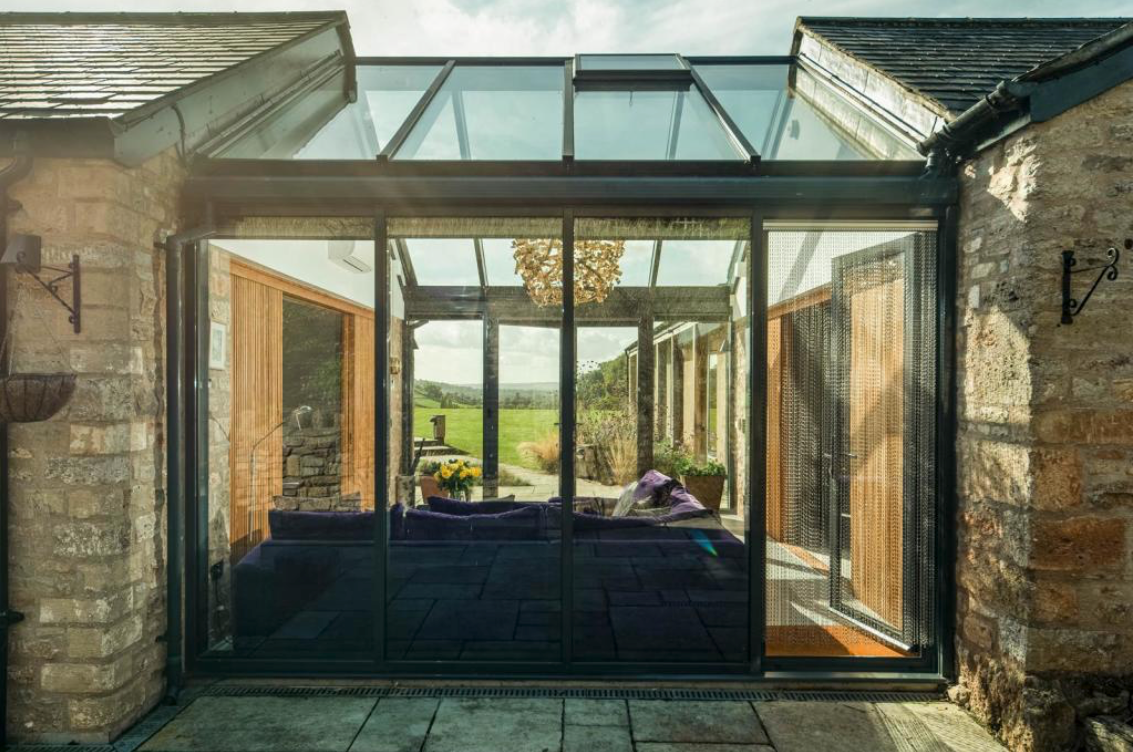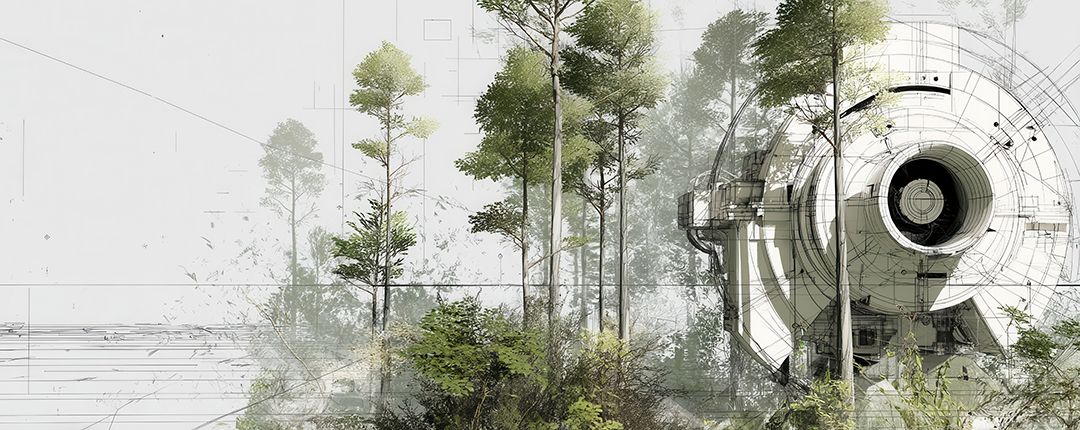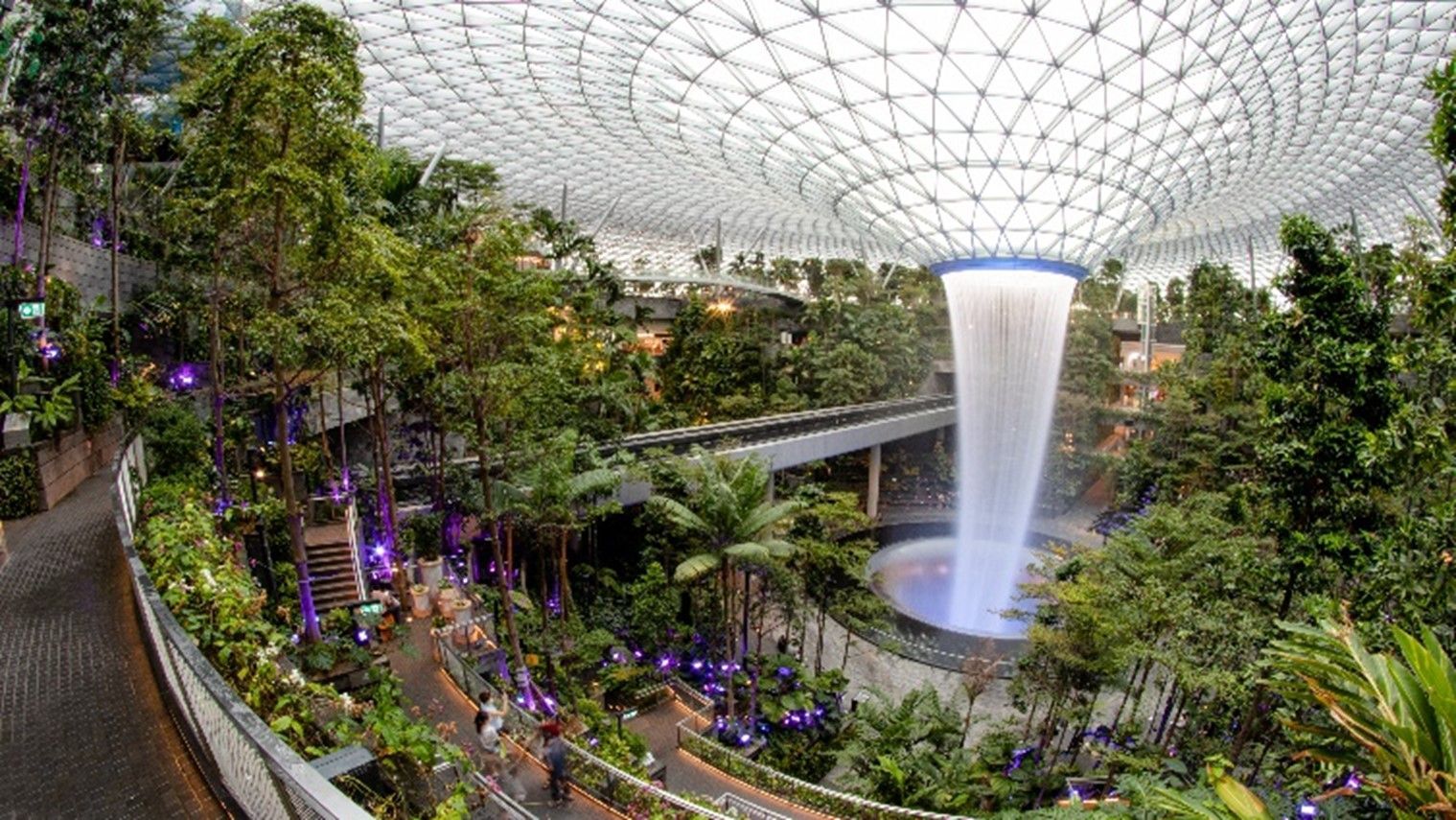What IS the Difference between Green Architecture and Sustainable Architecture ?
Common Questions In Practice 2025....What IS the Difference between Green Architecture and Sustainable Architecture ?
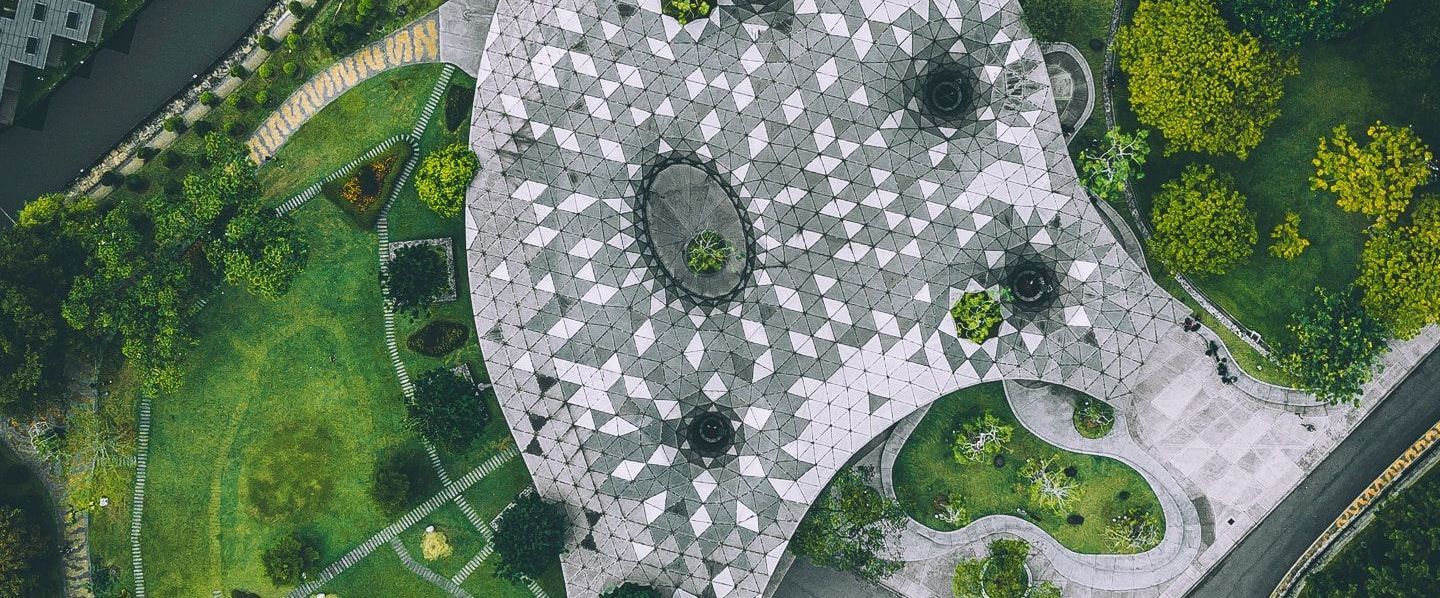
It’s easy to assume green architecture and sustainable architecture mean the same thing. They’re often used interchangeably, but in reality, they represent two related — yet distinct — approaches to designing responsible buildings. Both aim to reduce harm to the planet, but they differ in focus, scope, and long-term vision.
Green Architecture: Minimising Impact
Green architecture is about reducing the environmental footprint of a building during construction and throughout its operation. It typically focuses on:
- Using eco-friendly materials with lower embodied carbon.
- Reducing energy consumption through insulation, efficient systems, and passive design.
- Generating on-site renewable energy, such as solar panels or wind turbines.
- Connecting the building to its natural surroundings, often through biophilic design, landscaping, or the use of natural materials
In essence, green architecture is about designing buildings that are kinder to the environment right now.
Sustainable Architecture: A Bigger Picture
Sustainable architecture goes further. It considers not just the environmental impact, but also the social and economic dimensions of a building over its entire life cycle. This means:
- Designing spaces that promote health, well-being, and social interaction.
- Ensuring buildings are adaptable and resilient, able to evolve with changing needs over decades.
- Balancing financial feasibility, by accounting for long-term costs of materials, construction, and maintenance.
- Embedding ethical values, such as community benefit and responsible resource use.
Sustainability, then, isn’t just about today — it’s about creating buildings that remain viable, beneficial, and responsible for generations.
The Key Distinction
While green architecture focuses on reducing immediate environmental impact, sustainable architecture takes a holistic, long-term approach, considering how a building affects people, communities, and economies as well as the planet.
Why Both Matter
Neither approach is “better” than the other. Together, they shape the future of ethical and responsible design — creating buildings that are not only efficient and eco-friendly, but also socially valuable and economically resilient.
✅ Here, we believe the best projects combine green design principles with a sustainable vision — helping to build a healthier, fairer, and more resilient future.
Have you been harbouring an inkling in the back of your mind to build a much needed eco-build? Well just book a complimentary discovery call and chat your ideas through with Mark.... BOOK YOURS HERE
#MarkMuirArchitect #PeopleFirst #SustainableArchitecture

